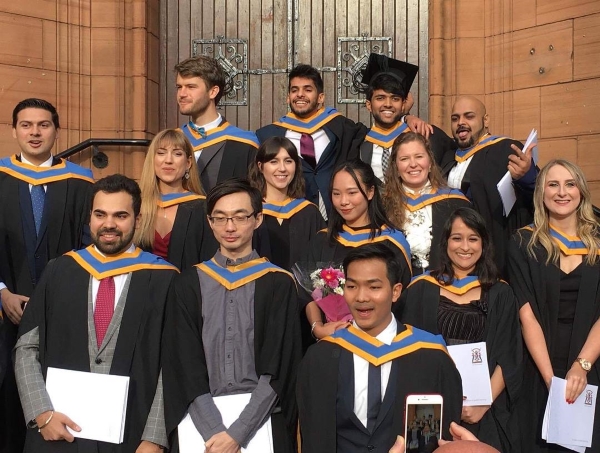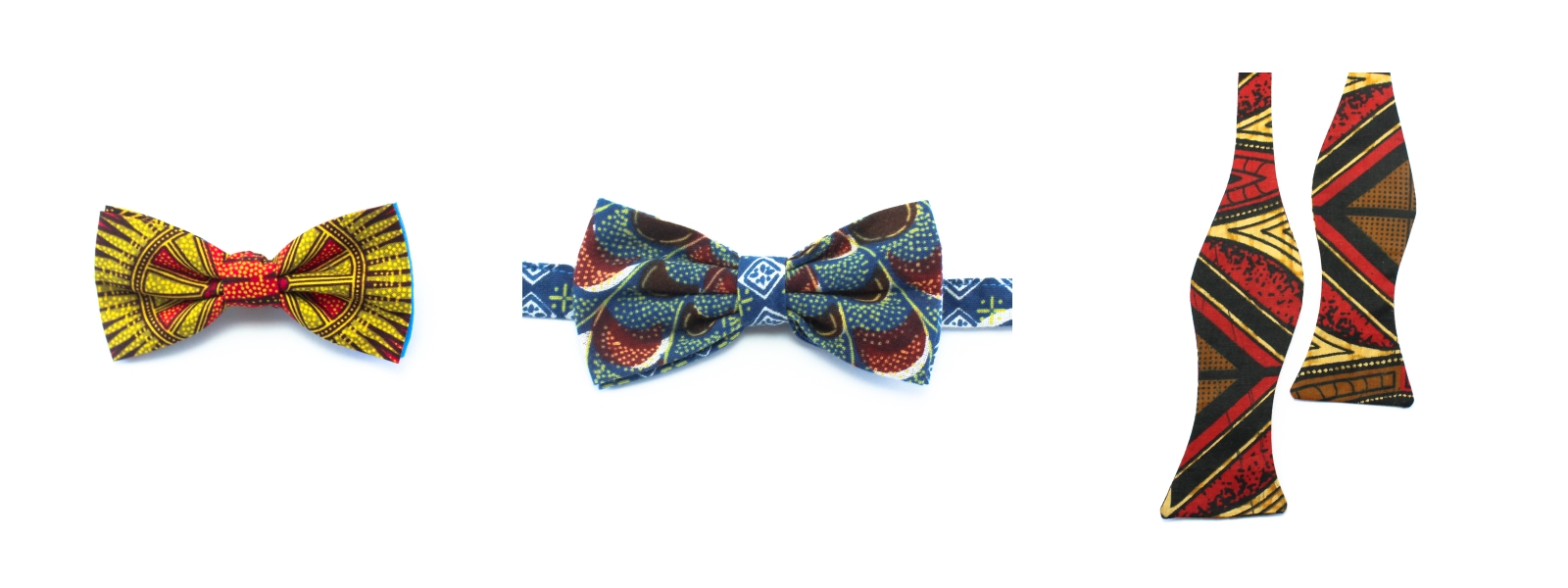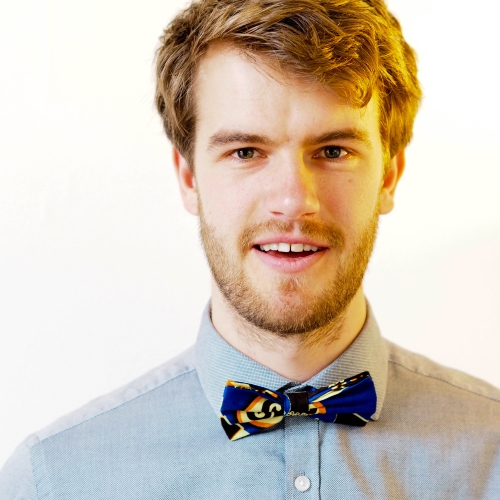What made you look at the University of Strathclyde as an institution option?
I was awarded a Beit Trust scholarship to take up a Master’s in the UK and the Univerity of Strathclyde was one of the universities that the Trust has a partnership with (the Beit Trust awards scholarships to students from Zimbabwe, Malawi and Zambia to study in South Africa and the UK).
Out of all the universities that the Beit Trust had a partnership with, Strathclyde had the best product design course available to me.
Why did you choose to do a Masters?
I had thought about doing a Master’s in Product Design before I had even completed my undergraduate studies in engineering at the University of Cape Town (UCT). After finishing at UCT I worked for three years at a biomedical engineering company, Southern Implants in South Africa. The design work I did there further convinced me that I really wanted to learn more about product design and design thinking.
What was it like studying in the Department of Design, Manufacturing and Engineering Management?
Studying MSc Product Design in DMEM was great. I especially value the relationships I was able to form with a number of the staff members who have an incredible range of experience and expertise.
What were the highlights of your course?
A highlight for me was the diversity of classmates that I had. In design you’re taught to consider different perspectives and cultural views but actually experiencing these first hand was a rich experience.
I also got an opportunity to present a student paper for the University at the E&PDE (Engineering & Product Design Education) International Conference in Oslo in 2017. This was another incredible opportunity to meet some of the top product design students and educators from around the world.
Did you have any industry opportunities or internships during your studies?
We had an industry project which gave my group the opportunity to work with Falcon Foodservice, a company from Stirling.
This was a really valuable experience as we were able to directly apply some of the skills we’d learnt and it was an opportunity for active learning too.
I also managed to get myself into Entrepreneurial Spark’s (now the Royal Bank of Scotland’s) 3-month Sprint programme for early stage start-ups and, via my network there, I got an internship with Dreamtheatre, a marketing company in Glasgow.
Tell us about Zimbowties, how did the project begin, what was involved, what were the best parts of its journey?
In between when I quit my job in South Africa and when I started my Master’s at Strathclyde I made sure to give myself a bit of time to travel and explore. It was during this time that I decided to seriously pursue the idea of starting my own company. It was an idea that I’d played around with for years but had always put off doing for one excuse or another.
While I was travelling, I started thinking about how I might try to sell something “African” while I was in the UK studying. As I looked around for potential products, I really started to appreciate just how unique the designs and colours of fabrics across Africa are and I had heard that they are increasingly becoming more and more popular in Europe. I decided that I wanted to sell something made out of these fabrics and, enlisting my mother’s help (she has many years of experience of sewing and working with tailors in Zimbabwe), we decided to start out with something fun like our eye-catching bow ties.
_kim_white.jpg)
A photo from a Zimbowties photo shoot with some classmates from the Watson Institute in Boulder, Colorado
The best parts of this journey have been turning our ideas into reality, learning by doing and the smiles on the faces of the kids we’ve awarded scholarships to through the charitable side of our organization.
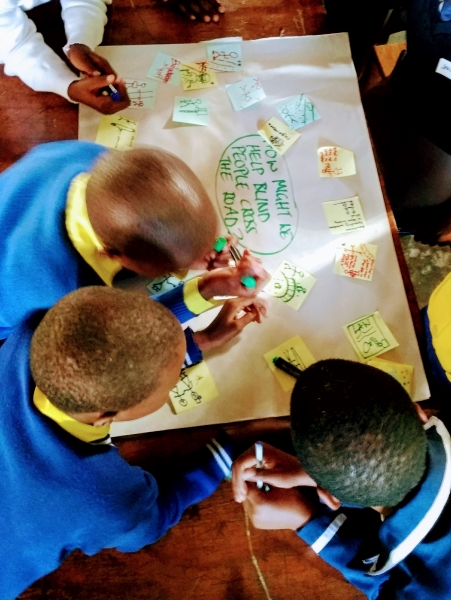
What has Zimbowties achieved so far?
Some of the achievements we’re proudest of are:
- We’ve awarded merit-based scholarships to 16 children in Zimbabwe to motivate them to develop their creative skills.
- We’ve saved over 60,000 litres of water by upcycling fabric offcuts to make all of our products
- We have customers in over 25 countries now wearing our products
- Our latest online exhibition of one-of-a-kind, upcycled products all handmade in Zimbabwe is our best work yet (we think)!
It was not long after starting out that we realised that starting a business was going to be challenging. This was especially true when it came to figuring out things that we had no interest in, such as accounting and taxes. So we decided that we needed to make this business about more than just getting a bit of pocket money for ourselves if we were going to keep motivated and that Zimbowties needed to be a social enterprise with a higher purpose. For us that’s inspiring the next generation of creatives in Zimbabwe and looking after our planet while we do it.
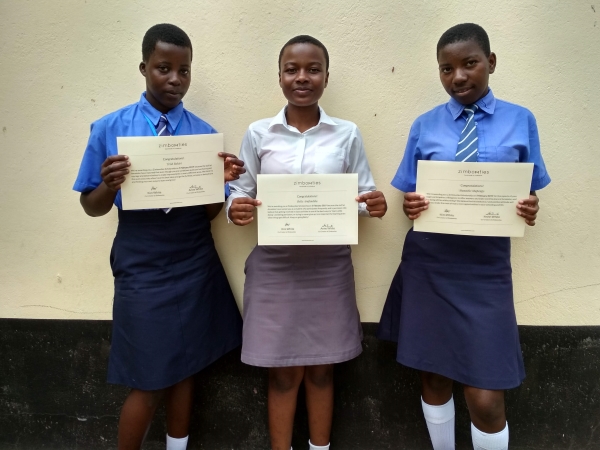
What are your ambitions for the future?
I’m really open to whatever opportunities arise for me and I’d love to grow Zimbowties to be the most inspirational brand in Africa. I’d also love to get back into product design at some point which I have mainly left up to our incredible tailors during this venture. So I’m currently trying to learn all I can about UX Design to see if I can get work in that field.
Being in DMEM helped me realise the unique design perspective I’ve gained from growing up in Zimbabwe and South Africa and ways that I might best use it as both a designer and an entrepreneur.
Would you recommend studying in DMEM?
Definitely! DMEM is an impressive department, but it’s also what you make of it. Because I realised those two things, I had a lot of opportunities open up for me from studying there.
